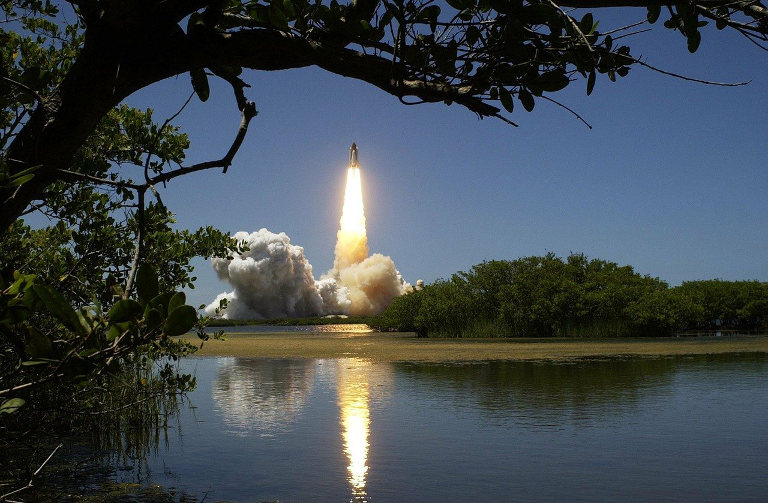After years of radio silence, I am popping back up and will have more to say at Do the Math in the coming months as I re-engage on topics relevant to this blog.
The first thing is to announce the launch of a textbook at eScholarship Energy and Human Ambitions on a Finite Planet: Assessing and Adapting to Planetary Limits that is free to access electronically (PDF download), or is available in paperback form for the cost of printing (royalty-free; at Lulu). Over the years, I received a number of encouragements to write a book collecting the ideas and analysis from Do the Math posts. I appreciated the sentiment, but given the substantial effort required to produce something that was already available for free, it never rose to a high priority in the competition for limited time.
After a long hiatus from teaching the general education energy course at UCSD—due mostly to a heavy administrative role for five years—I picked it up again for Winter quarter 2020. I had always been discontented when it came to textbook choices: my sense was that they tended to play it safe to avoid the risk of being provocative. But provocative may be what our situation calls for! I had been inspired by David MacKay’s fabulous and quantitatively rich Sustainability: Without the Hot Air, but its focus on the UK and not-quite-textbook format kept me from adopting it for the classroom.
So I set out to capture key elements of Do the Math in a textbook for the Winter 2020 class, following a somewhat similar trajectory: growth limits; fossil fuels and climate change; alternative energy capabilities and pros/cons; concluding with a dose of human factors and personal adaptation strategies. I stayed just ahead of the class, issuing one chapter at a time as visually unappealing PDFs having a few key figures and tables. So I essentially wrote the book in early 2020. But that turned out to be the smaller end of the workload.
During the course, I collected feedback on each chapter from students as part of their assignment regimen. I asked what was missing, what was confusing, what figures or tables would help, and if anything seemed dubious or wrong. I have to hand it to the students: they dug in and provided fantastic feedback. Reformatting the book to include margin notes, a hyperlinked glossary, an index, etc.—while also responding to about 2,600 feedback “tickets”—took substantial time and was completed in December 2020. I thought I was done, but suggestions from colleagues and three rounds of proofreading prints added a few months. Reassuringly, my list of actions at each stage dropped from 42 pages of notes to 17 to 9—indicating convergence.
A supplemental page provides some additional information about the book and also a mechanism to submit corrections and other feedback.
Also, feel free to leave reviews at the Lulu site (if purchasing a print version) to help others understand what the book offers.
In the coming months, I plan to start creating more Do the Math posts to share the evolution of my thoughts around this whole civilization business.
Feature image by by NASA-Imagery from Pixabay





